SupremePunk #093
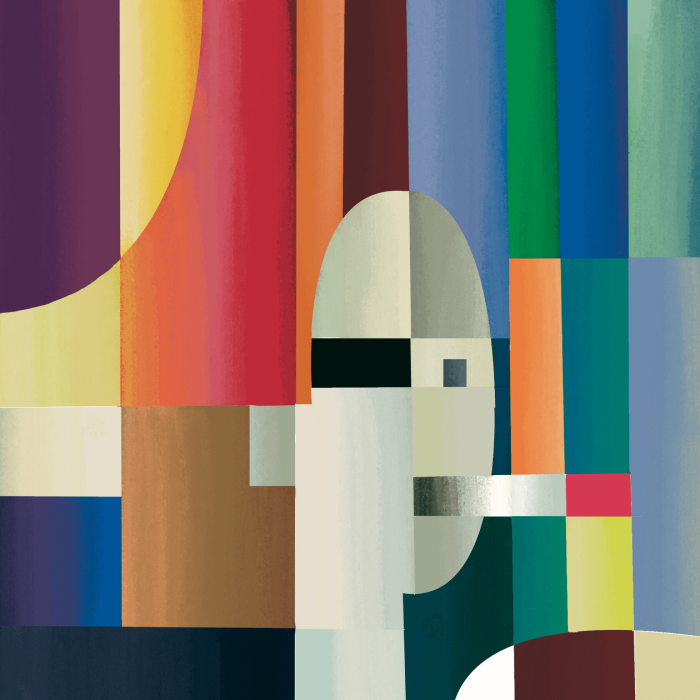
Pure Shades
This Punk is inspired by CryptoPunk #4657 and the works of Maria Vasilyeva and Fernand Leger. This painting is a synthesis of two different trends: cubism and purism. On the one hand, the correct geometric shapes underlying the work evoke associations with cubism. On the other hand, their orderly arrangement does not in any way resemble analytical Cubism, but even the earliest, Cezanne. The almost perfectionist arrangement of the figures brings this SupremePunk closer to purism, which appeared as a reinterpretation of Cubism.
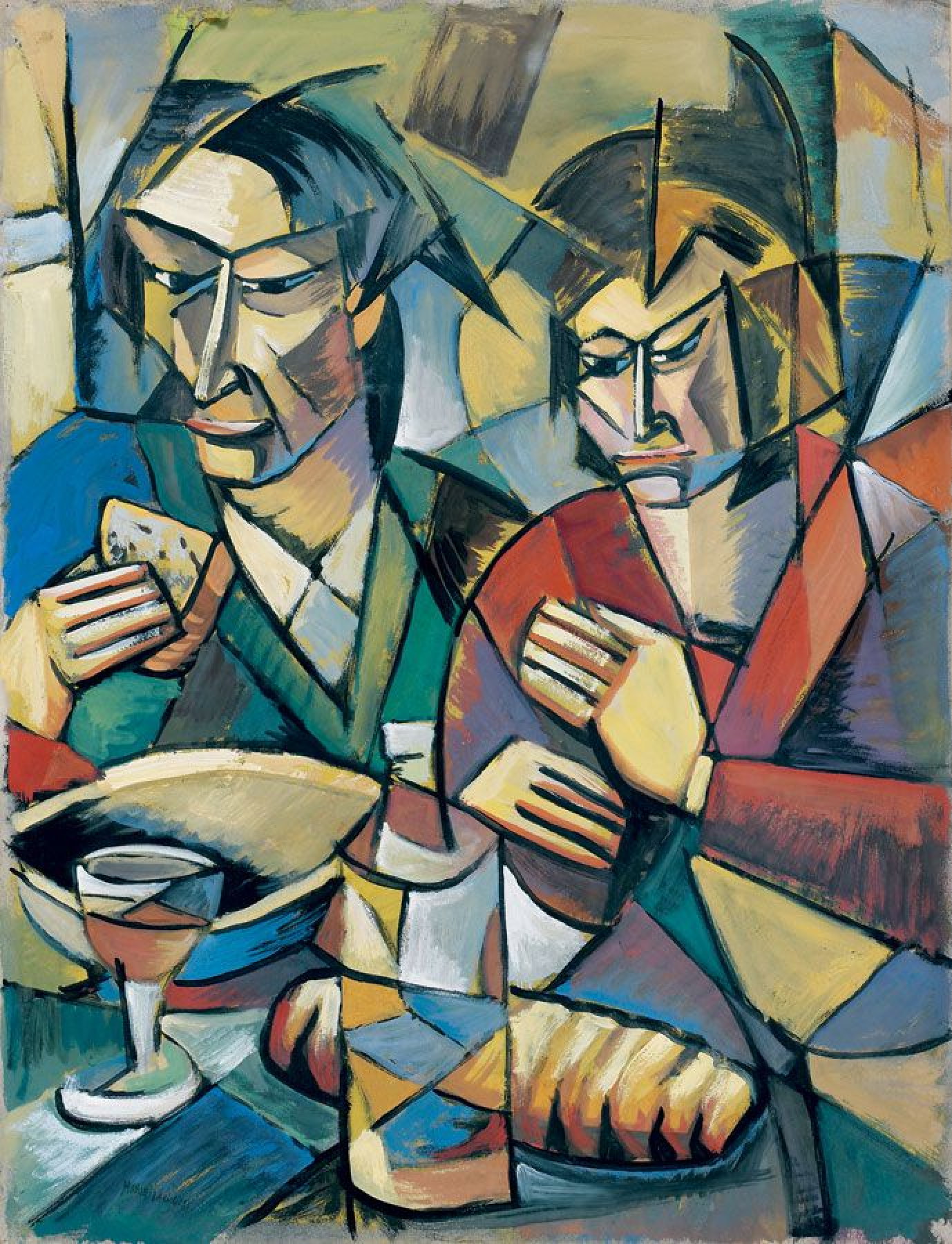
Maria Vasilyeva — In a cafe
From a Cubist perspective, one can consider this Punk in comparison with the works of Maria Vasilyeva, a Russian - French artist whose workshop in the Montparnasse district of Paris was a meeting place for many famous artists such as Pablo Picasso, Amedeo Modigliani, Fernand Leger. Among her works there is a painting "Nude" and a work "In a cafe".
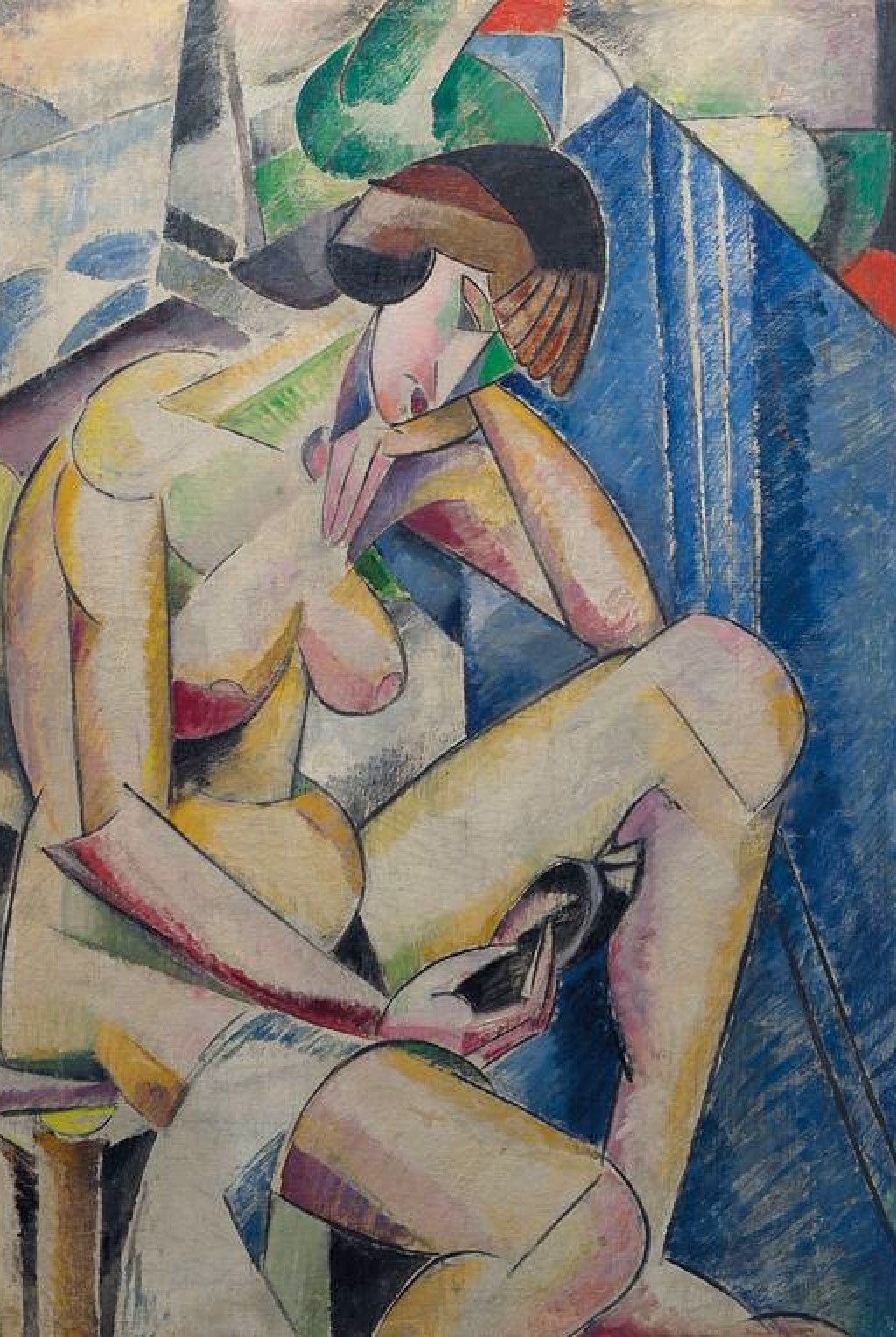
Maria Vasilyeva — Nude
The first work is obviously cubist, but it is closer to Cezanne cubism: the geometricity of the forms only coarsens the silhouette and reduces the detail of the depicted. "In the Cafe", in turn, shows a completely different cubism, with rough circular lines and contours, dense strokes. In terms of coloristics, this SupremePunk is closer to the "Nude", with its "pure" shades of colors that are in no way similar to the dirty red, dusty green, gray tones of the second canvas. Although in terms of color density, Punk is closer to "In a cafe", since there are no transitions from color to color, gradient in the picture.
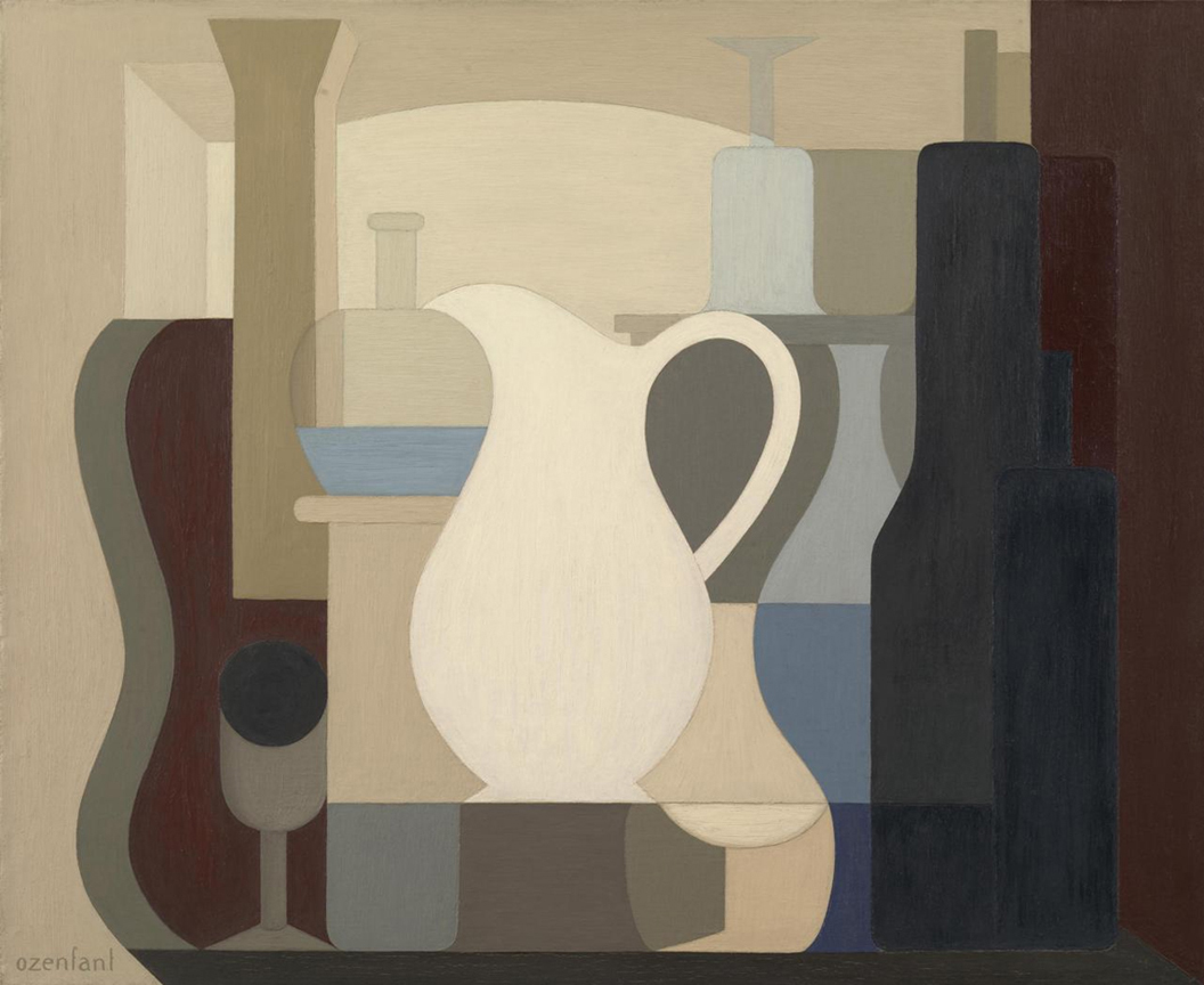
Amédée Ozenfant — Le Pichet Blanc, 1926
As for the works of purists, first of all, it is worth considering the works of Amédée Ozenfant, the founder of this trend in painting. In his works, an attempt to find orderliness, harmony, not inherent in cubism is already visible. In the chaos of surrounding objects, one object is put forward — a symbol of tranquility, a center of peace. Also on the mottled canvas, the gray head of Punk stands out, which with its muted tones tries to bring harmony into this iridescent disorderly world.
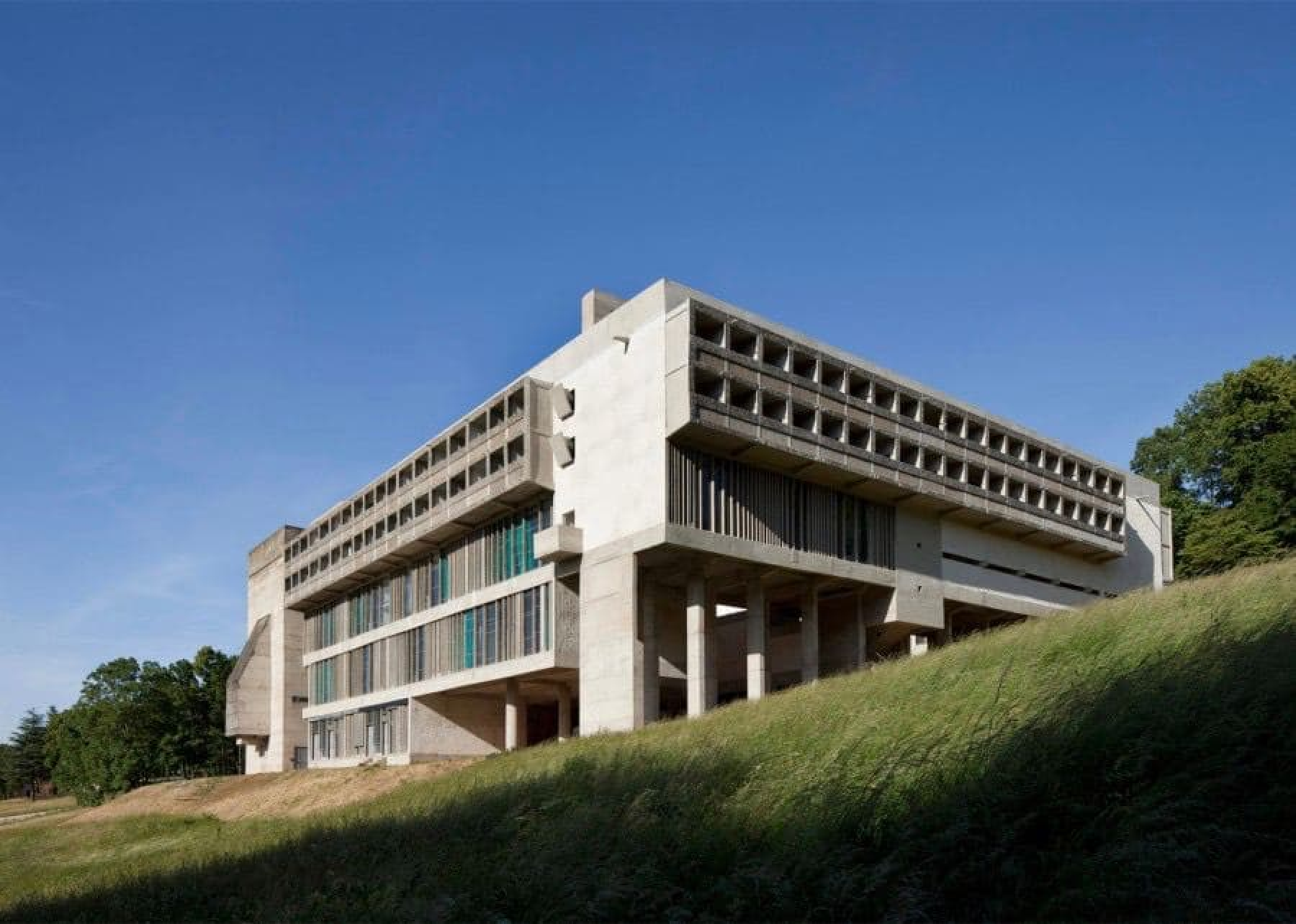
Le Corbusier — Convent Sainte-Marie de La Tourette
Besides him, Charles-Edouard Jeanneret was also the founder of purism. If his real name means little, then the pseudonym Le Corbusier is familiar to many, because it was he who became the ideologist of functionalism. His "Five Starting Points of Architecture" became the foundation for the avant-garde architecture of the 1920s-1930s.
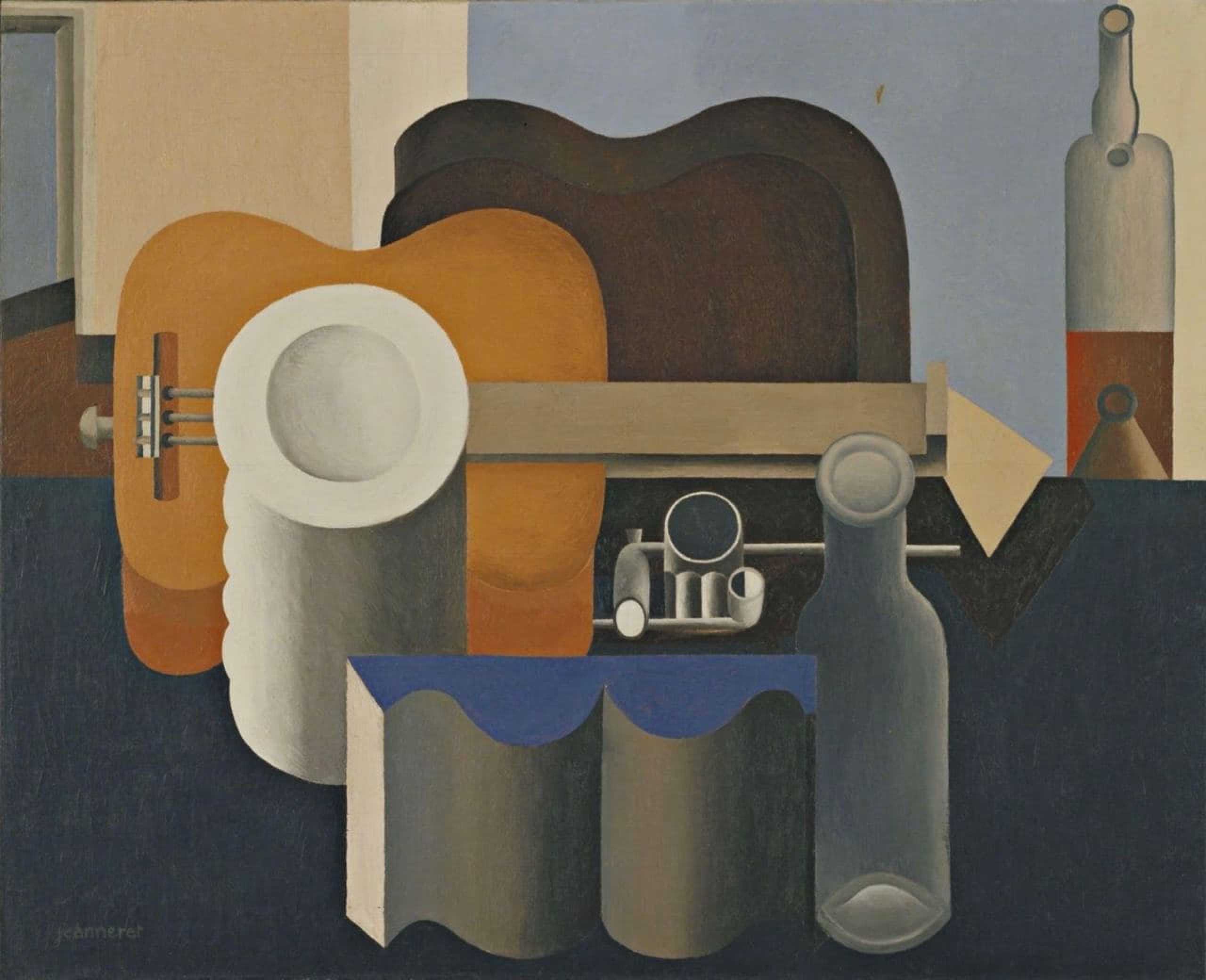
Le Corbusier — Still Life Filled with Space, 1920
The principles of Le Corbusier were also used in Soviet constructivism: the buildings of early Sovietism have been preserved in post-Soviet countries. They are the investment of an idea in concrete, which will remind people of this short but significant stage in the history of architecture for more than one century.
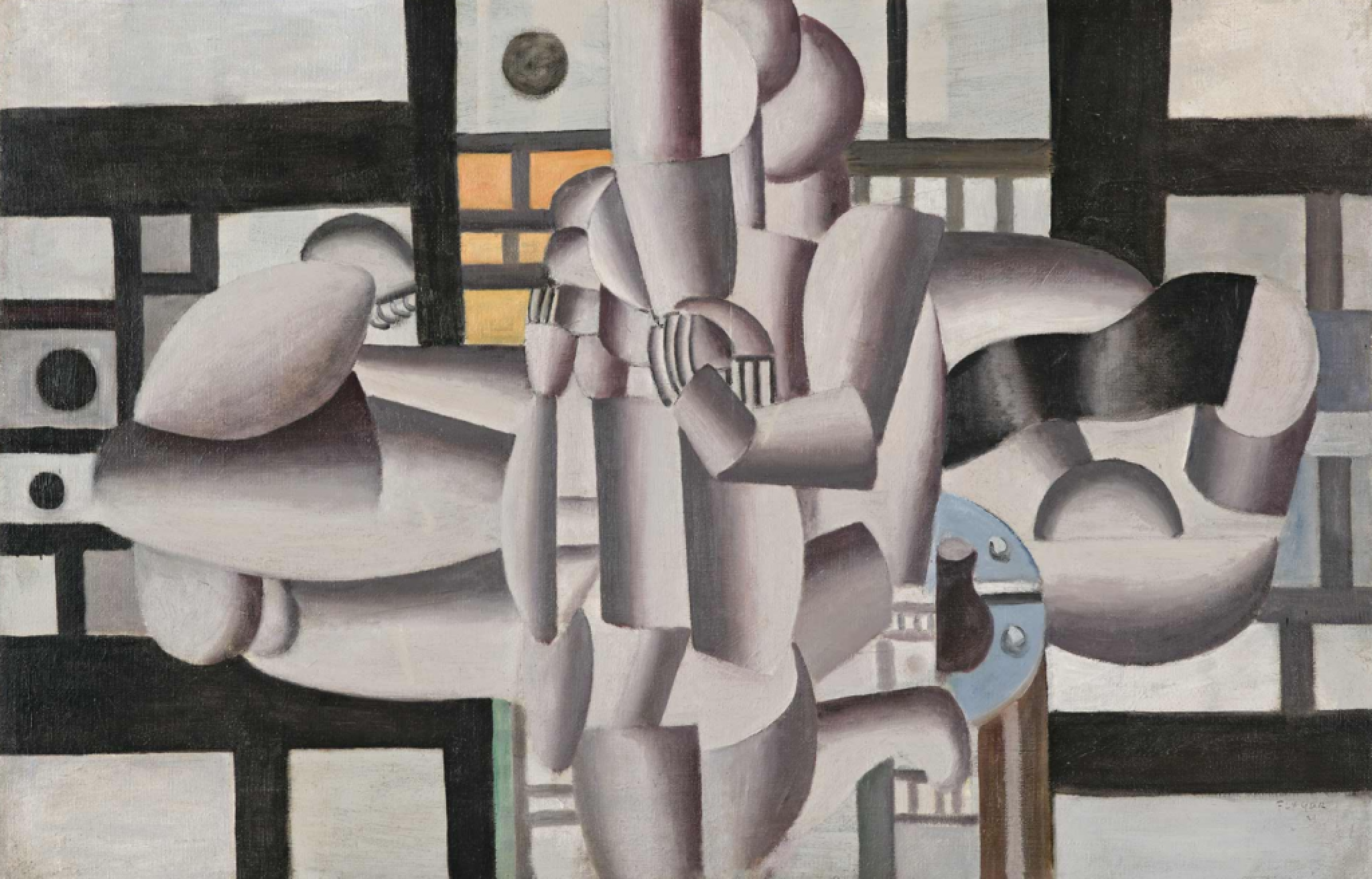
Fernand Leger — Three women and still flowers, 1920
The French painter Fernand Leger was for some time an associate of the purists. His manner of that period (the beginning of the 1920s) is the closest in spirit to this SupremePunk: the same randomly-cleaned, multicolored-faded. But if the style of Fernand Leger can be assessed as animation, giving volume to geometric abstraction, then this Punk can be perceived as a flattening of Cubism.

Buy

Gallery:
CryptoPunk #4657 that has been taken as a base

Your transaction is in progress

You have connected to the wrong network

Transaction is successful!


